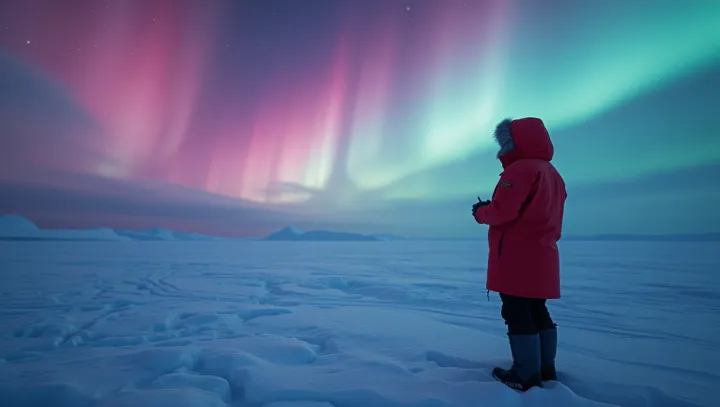The Enigmatic Stretch of Arctic Tundra

Spanning vast areas across the northernmost reaches of North America, Europe, and Asia, the Arctic Tundra holds the title of the largest tundra on the planet. This cold desert is not merely a barren wasteland; it is a dynamic ecosystem teeming with unique life forms adapted to extreme conditions. Researchers such as Dr.
Jane Whitmore from the Snow Research Institute have dedicated years to studying this inhospitable yet fascinating biome. 'Understanding how plants and animals survive here is crucial,' she explains. 'It offers clues about climate change adaptation and the resilience of life on Earth.' Biodiversity in the Arctic Tundra is surprisingly rich.
Species such as the Arctic fox, snowy owl, and various lichens and mosses thrive against the odds. This diversity, against the backdrop of harsh conditions, invites questions about ecological balance and the impact of global warming. The fate of the Arctic Tundra rests at a critical juncture, with warming temperatures threatening its delicate balance.
Conservation efforts and continued research are pivotal in preserving this unique habitat. 'Our understanding of the tundra's role in Earth's climate system is evolving,' Dr. Whitmore emphasizes, drawing attention to its global significance.
